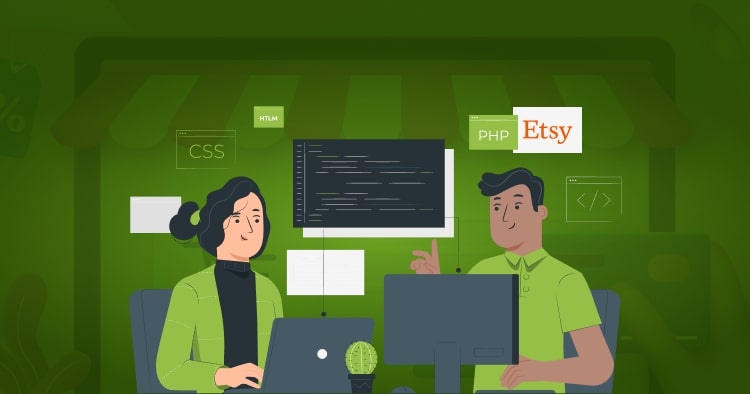Understanding the Need for Shopify Migration
As businesses grow and evolve, they may find that their current e-commerce platform no longer meets their requirements. Whether it's limited functionality, slow loading times, or difficulty in managing the store, these pain points can hinder business growth. Shopify migration provides a solution by offering a feature-rich, user-friendly, and highly customizable platform that caters to businesses of all sizes.

1. Improved Website Speed and Performance
One of the primary advantages of migrating to Shopify is the noticeable improvement in website speed and performance. Shopify's infrastructure is designed to handle large amounts of traffic, ensuring that your online store remains responsive even during peak periods. With faster loading times, you can significantly reduce bounce rates and increase conversion rates, ultimately boosting your revenue.
2. Enhanced Mobile Responsiveness
In the mobile-centric world, having a responsive and mobile-friendly website is crucial. Shopify offers a range of mobile-optimized themes and ensures that your store looks great and functions seamlessly on various devices. This enhanced mobile responsiveness not only improves the user experience but also positively impacts search engine rankings.
3. Streamlined Inventory Management
Efficient inventory management is vital for a successful e-commerce business. Shopify's intuitive dashboard allows you to manage your products, track inventory, and handle order fulfillment with ease. By streamlining these processes, you can save time and resources, focusing on other aspects of your business's growth.
4. Extensive App Ecosystem
Shopify boasts a vast ecosystem of apps and integrations that can enhance your online store's functionality. From marketing and analytics tools to customer service and automation, these apps offer valuable solutions to scale and optimize your business operations.
5. Built-in SEO Features
SEO is a critical factor in driving organic traffic to your online store. Shopify comes with built-in SEO features that make it easier to optimize your product pages, meta tags, and URLs, helping your store rank higher in search engine results and increasing visibility to potential customers.
6. Seamless Payment Gateway Integration
With Shopify, you can seamlessly integrate various payment gateways, providing your customers with a variety of payment options. This flexibility can lead to improved customer satisfaction and higher conversion rates shopify migration services.
7. Dedicated Customer Support
Shopify offers 24/7 customer support, ensuring that you have access to assistance whenever you need it. This support network can be invaluable, especially during the migration process, as it helps resolve any challenges or queries that may arise.
Best Practices for Shopify Migration
Migrating your e-commerce store to Shopify requires careful planning and execution to ensure a smooth transition. Here are some best practices to follow:

1. Thoroughly Analyze Your Current Store
Before beginning the migration process, conduct a comprehensive analysis of your current store. Identify pain points, assess what's working and what isn't, and determine the specific features and functionality you require in your new Shopify store.
2. Choose the Right Shopify Plan
Shopify offers different plans to suit various business needs. Choose a plan that aligns with your current requirements and allows room for future growth.
3. Back Up Your Data
Prioritize data security by backing up all your existing data before initiating the migration process. This step ensures that you won't lose valuable information during the transition.
4. Test the New Store Thoroughly
Before making your new Shopify store live, extensively test its functionality, design, and user experience. Address any issues that arise during testing to avoid customer dissatisfaction after the launch.
5. Inform Your Customers About the Migration
Communicate the migration to your customers beforehand, providing them with information about the new store and any potential downtime during the transition.
6. Monitor Post-Migration Performance
After the migration, closely monitor your new Shopify store's performance and gather feedback from customers. This information will help you fine-tune your store for optimal results.
Conclusion
Shopify migration has the power to revolutionize your e-commerce business, boosting performance and efficiency while providing an exceptional user experience. From improved website speed to streamlined inventory management, the benefits of Shopify are manifold. By following best practices during the migration process, you can ensure a seamless transition and set your online store up for success.


No comments yet